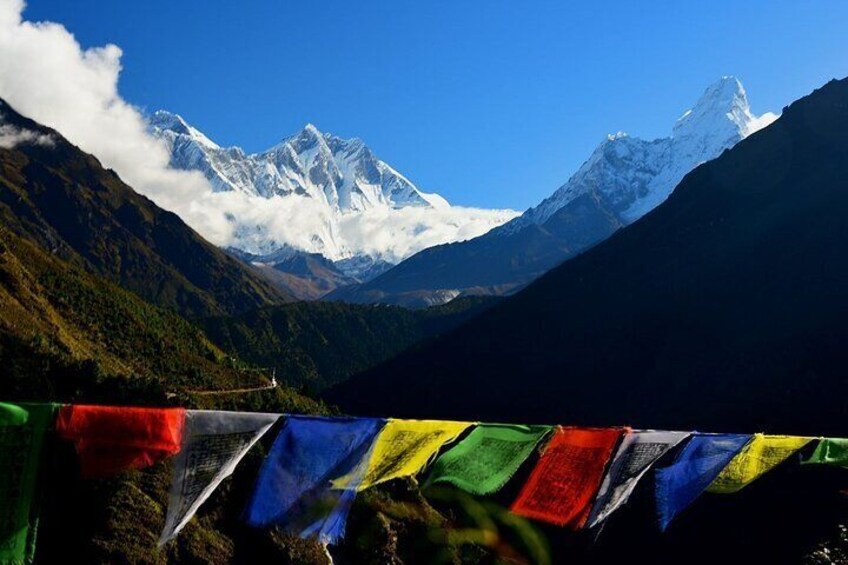Whether you’re planning to do a 7 Days Annapurna Base Camp Trek or a longer trek, there are a few things you should be prepared for. You’ll need to make sure you’re adequately equipped with the right equipment, train for the trek, and avoid the monsoon season.
Train for the trek
Having the proper training and physical preparation is important for the 7 Days Annapurna Base Camp Trek. Practicing regularly in the weeks before the trek will help you to adapt to the environment. It will also make the trip more enjoyable.
To train for the trek, you should spend at least four to five hours a day. The training should include strength and cardio exercises. These activities will develop specific muscles in your body and increase your stamina.
Strength training will help you to prevent injuries. It will strengthen your lower and upper body and condition your back and shoulders. Some of the exercises you should perform are military presses, sit ups, pull ups, and squats. You should also do stretching exercises to help your body deal with the changes in altitude.
Take a good sim card
Taking a good sim card for 7 Days Annapurna Base Camp Trek is not an easy task. This is because the mobile phone and SIM cards available in Nepal are different. It’s best to understand what you are getting into before you leave home.
There are two types of mobile phones in Nepal: a Nepal Telecom SIM and a Ncell SIM. A Ncell SIM is the cheaper of the two. It costs $1 and comes with a NRS 30 balance.
A Nepal Telecom SIM has better coverage. It costs $0.80. Unlike a Ncell SIM, a Nepal Telecom SIM is available at the Tribhuvan International Airport. It’s also available at Pokhara’s tourist district, the Thamel.
A sim card with a larger memory is a good idea. It’s best to pack a quality hiking bag, as well as warm clothes. It’s a good idea to bring a hat that covers your ears, as the sun can be harsh at high altitudes.
Pack your essentials
Whether you are planning to trek Annapurna Base Camp alone or with a group, you will need to pack your essentials. Depending on the time of year, you will want to pack a variety of clothing items.
The best way to pack your essentials is to keep your packing light. You’ll have to carry everything in your backpack, and it will be difficult to enjoy the outdoors if you’re carrying too much weight.
A large backpack will be heavy and take up a lot of space. Make sure the backpack is comfortable. If you are using a trekking bag, you should also make sure it is durable and waterproof.
If you plan on hiking in the Himalayas, you will need a comfortable sleeping bag. A down jacket is also a great option. If you’re going on a monsoon trek, you will need a rain cover.
Start the trek from Kathmandu or Pokhara
Getting to Annapurna Base Camp is easy, with a trek starting from Pokhara or Kathmandu. The trek is a great way to get a taste of the rich ecology and culture of the region.
The trek can be booked through a local or international agency. The trek is usually done in an all-inclusive package. The trek includes accommodation, a guide, and food. It is also important to obtain an Annapurna conservation area project permit. A photo ID is required at forest checkpoints. A trekking permit can be obtained at tourist centers in Kathmandu.
The first day of the trek will take you to Jhinu Village. This small settlement is home to the hot springs. The trek continues through the Modi River valley. The trail goes through terraced farmlands and lush forests. You will also see flowering plants along the trail.
Avoid the monsoon season
Choosing the right time to trek Annapurna Base Camp can be tricky. Depending on the time of year, it can be either an exciting or a dreaded experience. Luckily, there are ways to determine which season is best for your trekking trip.
The rainy season can be an exciting time to visit the Himalayas, but it is also a risky time to trek. The weather can change rapidly in Nepal, and the trails can become slippery. In addition, the trails can be covered with mud. This makes it more difficult to travel, and increases your chances of getting injured.
During the rainy season, the highest mountains are frequently covered with dense clouds, making the Himalayas hard to see. However, monsoon days are sometimes clear, and can offer some of the most spectacular views of the Himalayas.
